Substitutes for Parsley: 15 Best Alternatives + FAQs!
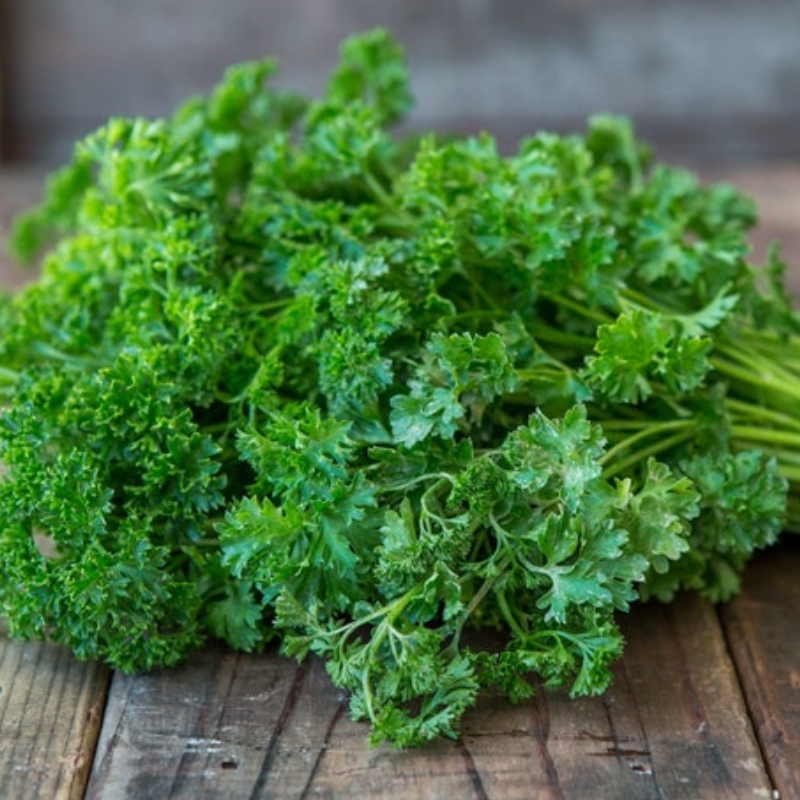
Parsley is a mild, fresh, somewhat peppery herb used as a spice and garnishes in various recipes. Flat-leaf, curly leaf parsley, and root parsley are the three main varieties of parsley. They’re all utilized in the kitchen. On the other hand, Curly leaf parsley is more of a garnish.
Parsley is a frequent element in various soups, sauces, stews, casseroles, salads, beans, grains, vegetables, stocks, and different meat, fish, and seafood dishes in Middle Eastern, American, Mediterranean, Brazilian, and European cuisines.
If you run out of parsley or forget to buy it but still want to add a herb with a similar flavor, there are a few suitable substitutions. Dried parsley, chervil, cilantro, celery leaves, basil, carrot greens, arugula, curly endive, or some following components are good alternatives for parsley.
Substitutes for Parsley
Parsley is a low-maintenance herb. You may even cultivate it in your yard and have it on hand whenever you need to add some zest to your cuisine. If you have extra parsley, you can always dry it or freeze it so you can use it to add flavor to your cuisine.
However, parsley is more than simply a taste enhancer for cuisine. Because it contains vitamins, minerals, and antioxidants, it is nutritious and beneficial to one’s health. However, if you don’t have any parsley on hand, here is a list of the most extraordinary parsley replacements. It is up to you to decide which one to use based on your preferences and the sort of meal you are preparing.
1. Dried parsley
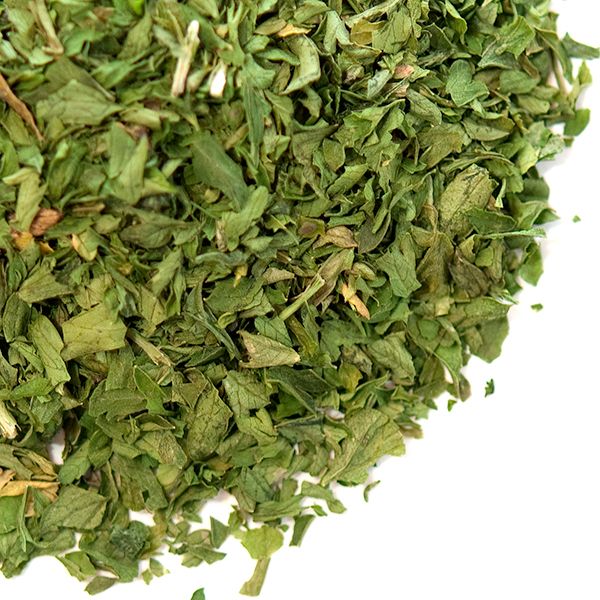
You cannot substitute fresh parsley with dried parsley. However, if you have it on hand, you may include it in your recipe. Just don’t anticipate the same fresh flavor that fresh parsley provides. Because dried parsley has a milder flavor, you’ll need to use more to achieve a flavor that’s comparable to fresh parsley.
Instead, use fresh herbs like celery leaves, cilantro, or chervil. If you want to use dried parsley instead of fresh parsley, use one teaspoon of dried parsley to replace one tablespoon of fresh parsley.
2. Chervil
Chervil is a delicate herb with a taste similar to blended parsley and tarragon. Curly leaves, similar to carrot greens, characterize this parsley family member. Soups, salads, sauces, omelets, and other foods frequently contain it. With tarragon, parsley, and chives, chervil is used in a spice blend known as fines herbes. Because chervil has a milder flavor than parsley, you can replace one teaspoon of parsley with two teaspoons of chervil.
3. Cilantro
Cilantro belongs to the parsley family of plants. With undertones of lemon, this plant has a distinct parsley taste. It’s used in salsa, salads, chutney, other foods, and a garnish for soups, meat dishes, and seafood. Cilantro can be used in place of parsley, although in fewer amounts due to its more intense flavor. It will overshadow the other tastes in your food if you don’t use it.
4. Celery Leaves
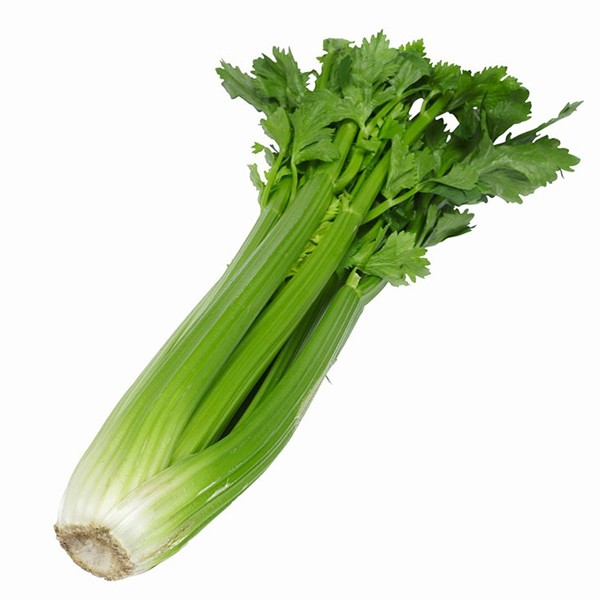
Celery leaves have a pleasantly peppery, fresh taste. To increase the flavor and add a fresh and crunchy touch to salads, soups, stocks, stews, and sauces, use them in salads, soups, stocks, stews, and sauces. Celery leaves resemble flat-leaf parsley and may be used as a garnish.
If you’re substituting celery leaves for parsley, don’t overcook them. They will lose their taste if you do not do so. Add them at the end of the cooking time or use them raw in salads.
5. Basil
Basil is a common ingredient in Italian cooking. It is, nevertheless, utilized in a variety of other cuisines across the world. It’s green, sweet-smelling, and has a peculiar peppery flavor with a tinge of mint. Basil is an excellent addition to tomato-based meals, but it also works well in soups, sauces, salads, stuffings, meat spices, and other foods.
You may sprinkle it on your foods for a lighter flavor or add it while cooking. Basil has a distinct flavor that is not at all comparable to parsley, but if you have basil on hand, you may use it to flavor your food.
6. Carrot greens
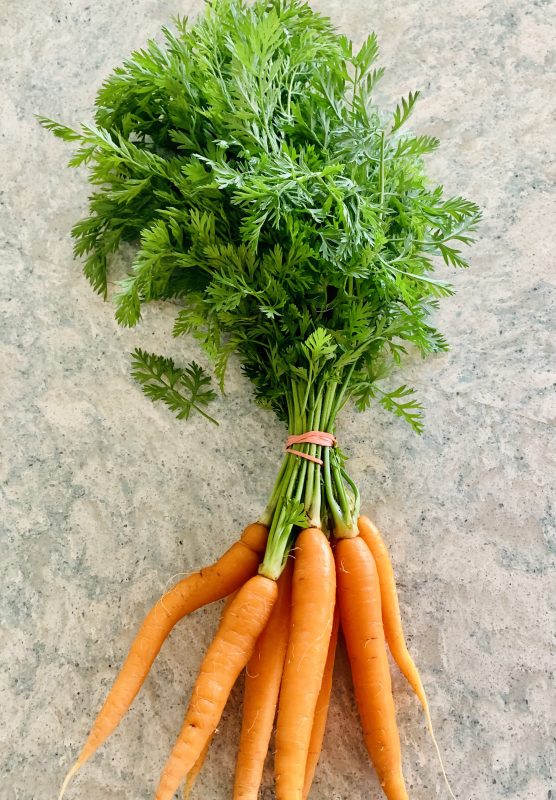
You can also use carrot greens in place of parsley. They have a somewhat bitter flavor with a tinge of celery, akin to parsley. You may use them in soups, sauces, stocks, stews, salads, pasta, rice, and other foods the same way you would parsley. Carrot greens are an excellent parsley alternative that you may use in various cuisines.
7. Arugula
Arugula is a vegetable that is commonly used as a herb. The flavor is spicy, peppery, and slightly bitter. You may use fresh arugula in salads, kinds of pasta, and soups.
Cheese, garlic, lemon, pears, almonds, mushrooms, and other intense flavors go nicely with it. If the spicy flavor of fresh arugula is too much for you, you may boil it to soften it.
8. Curly endive-frisee
Curly endive is a salad green that resembles curly parsley in appearance. This endive has a milder flavor than other endive varieties like Belgian and radicchio. It has a somewhat bitter, peppery flavor that complements a variety of salads. Because of its bitter flavor, you can use curly endive to replace parsley in modest amounts.
9. Oregano
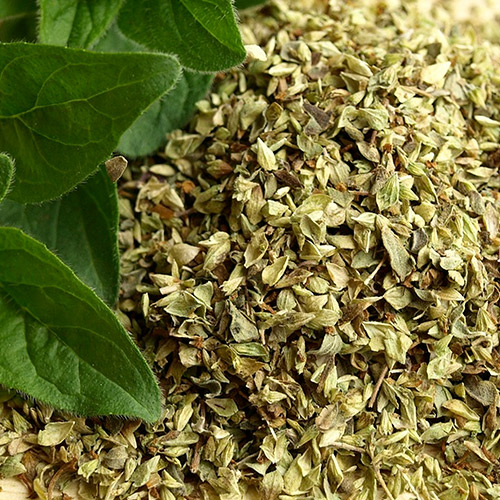
Oregano is one of the most widely used herbs in the world’s cuisines. It is available as a fresh herb and as a dried herb. The flavor of oregano is robust, slightly bitter, and earthy. It’s widely used in pasta sauces, pizza sauces, meat marinades, stuffings, salads, seafood, soups, casseroles, stews, and other dishes.
Because it has a more robust flavor, it may turn food harsh and overshadow other flavors in a meal. Don’t use too much oregano in your recipe if you’re using fresh oregano. You may use oregano in place of parsley in your dishes, either fresh or dried. Because oregano has a more pungent taste than parsley, use lesser quantities.
10. Tarragon
Tarragon is a fragrant plant with slender, glossy leaves. There are several varieties of tarragon, each with its distinct flavor. On the other hand, French tarragon is one of the most commonly used herbs in cuisine. It has a sweet-bitter taste with mint, pepper, vanilla, and eucalyptus undertones.
It goes well with various sauces, soups, salad dressings, and chicken, egg, and fish meals. Tarragon may be used in cooking and as a garnish; however, you should use it in lesser amounts due to its more savory flavor.
11. Chives
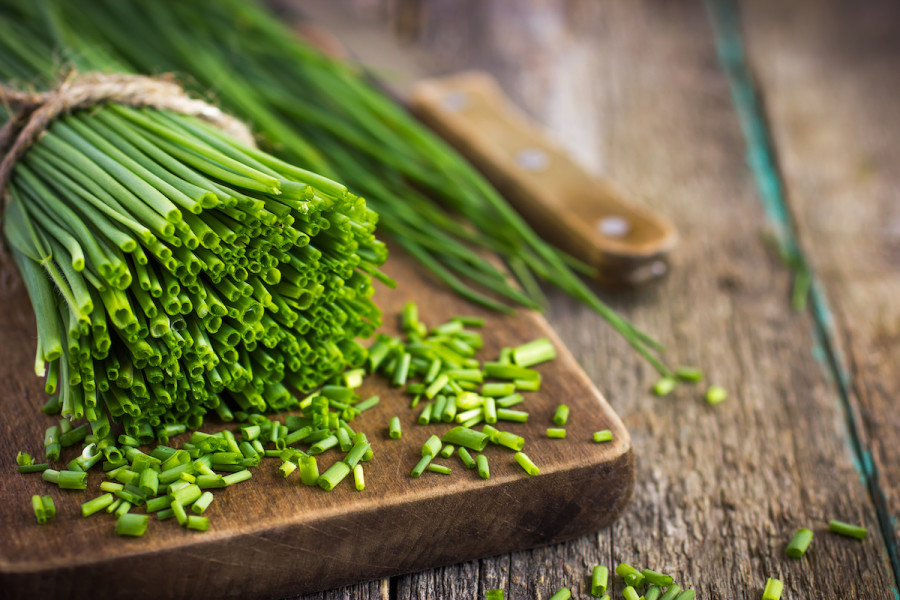
Chives are a herb that adds a light onion flavor and a brilliant green color to dressings, soups, sauces, salads, dips, potatoes, and eggs. They go well with various items and may be used in parsley in cooked and raw salads. Fresh chives can be added to your meals as a garnish. You may also add them to the cooking process to keep their flavor.
12. Thyme
Thyme is a mint-family plant utilized in various cuisines across the world. There are many distinct thyme forms, but lemon, caraway, wild, and common thyme are popular. The flavor of thyme varies depending on the kind. They have a sweet, somewhat peppery, earthy-minty taste with floral undertones in general.
Although thyme does not have the same flavor like parsley, you may use it to enhance the flavor of your food. Sauces, soups, pasta, vegetables, seafood, meats, fish, marinades, and stocks are all common uses. Fresh and dried thyme are both available.
13. Coriander
The seeds of the coriander plant are used to make coriander. The seeds have a sweet, earthy, lemony, flowery taste, and they go well with cumin. Soups, stews, salad dressings, vegetables, and rubbing poultry or lamb before grilling are all made using a mixture of coriander seeds and cumin. Coriander is an excellent parsley replacement if you don’t mind a more pungent taste in your meal.
14. Marjoram
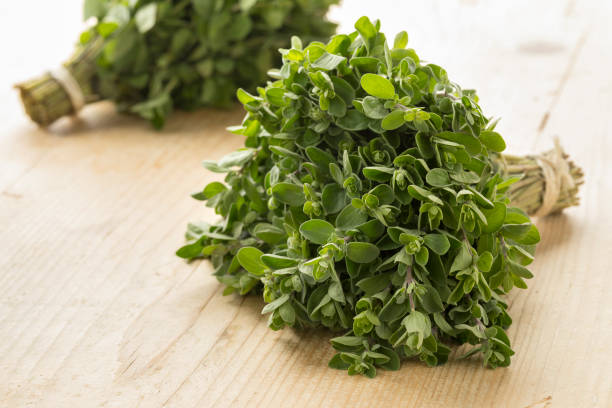
Marjoram is a citrus and pine-flavored herb that is sweeter and milder than oregano. You may find it in various sauces, dressings, marinades, soups, stews, and salads. If you want a light and fresh flavor in your meal, add fresh marjoram near the conclusion of the cooking process.
However, you may acquire a similar flavor by using dried marjoram in lesser amounts. Fresh marjoram may be used to replace fresh parsley and to add color and taste to your recipes. In prepared meals, you can replace dried parsley with dry marjoram.
15. Lovage
Lovage has a celery-like appearance and flavor, with undertones of parsley and anise. Lovage is used in cooking for its seeds, leaves, and stalks, which may be used in soups, broths, and salads. Marinades, potato salad, soups, bread, pastries, and dips, on the other hand, benefit from the seeds. Lovage has a taste similar to parsley and may replace fresh and dried forms.
Garlic Bread as a Substitute for Parsley
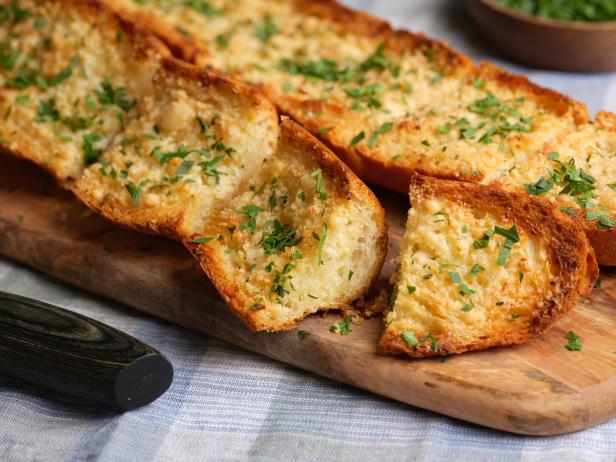
Garlic bread is produced with a few simple ingredients: garlic, parsley, butter, parmesan cheese, and salt. If you don’t have fresh or dried parsley, chervil, coriander, rosemary, oregano, or basil can suffice. They’ll complement the bread’s butter, and garlic tastes well.
Falafel as a Substitute for Parsley
Falafel is a dish from the Middle East. It’s available as a fresh or dried herb. Chickpeas, onion, coriander leaves, garlic, cumin seeds, salt, pepper, sesame seeds, baking powder, parsley, cilantro, dill, and cayenne pepper are used to make this dish.
The secret to superb falafel is fresh herbs and high-quality ingredients. Fresh parsley, dill, and cilantro are essential herbs for the taste of the falafel. If you don’t have fresh parsley on hand, you can use dry parsley in place of it, but in fewer amounts.
Associated Questions
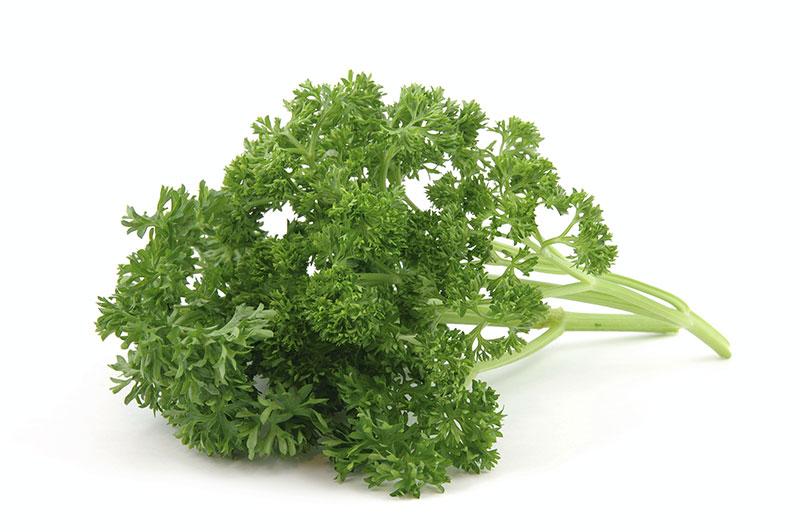
Can I use thyme instead of parsley?
The tastes of thyme and parsley are distinct. The flavor of thyme is more flowery than that of parsley. However, if you want to play around with tastes, you may include thyme in your recipes.
Is parsley flavorful?
Parsley is added to the recipes to lighten them up and give them a fresh, herbal finish and a brilliant green hue.
Is there a difference between parsley and cilantro?
They are not interchangeable. As a result, they both resemble one other in appearance but differ in flavor. Cilantro has a more lemony, spicy taste than parsley. On the other hand, the flavor of parsley is gentler and fresher.
How can I replace dried parsley with fresh parsley?
Fresh parsley adds more flavor to meals than dried parsley. The taste is more remarkable when using fresh leafy herbs like chives, parsley, and tarragon. If fresh parsley is unavailable, you can substitute one teaspoon of dry parsley for one tablespoon of fresh parsley.
Final Thoughts
Parsley is one of the most often used herbs, and you can find it at almost any grocery shop. These herbs can be used in parsley in cooked recipes or as a garnish. One of the replacements you may use is dried parsley. If you want to mix things up, consider using various herbs to give your favorite meal a distinct or comparable parsley flavor.
However, keep in mind that dried parsley does not have the same intense flavor as fresh parsley. As a result, it’s recommended to utilize one of the fresh herbs to give your cuisine a unique and exciting flavor. Chervil, cilantro, carrot greens, basil, oregano, or one of the herbs listed on this page are all excellent options. Also, please tell us which herb you utilized. Is it a decent parsley substitute?











